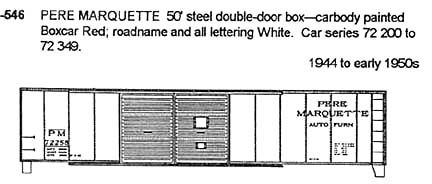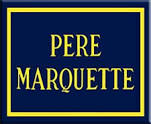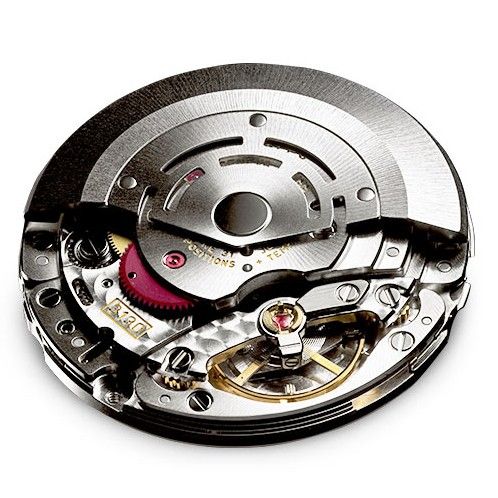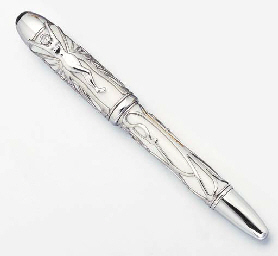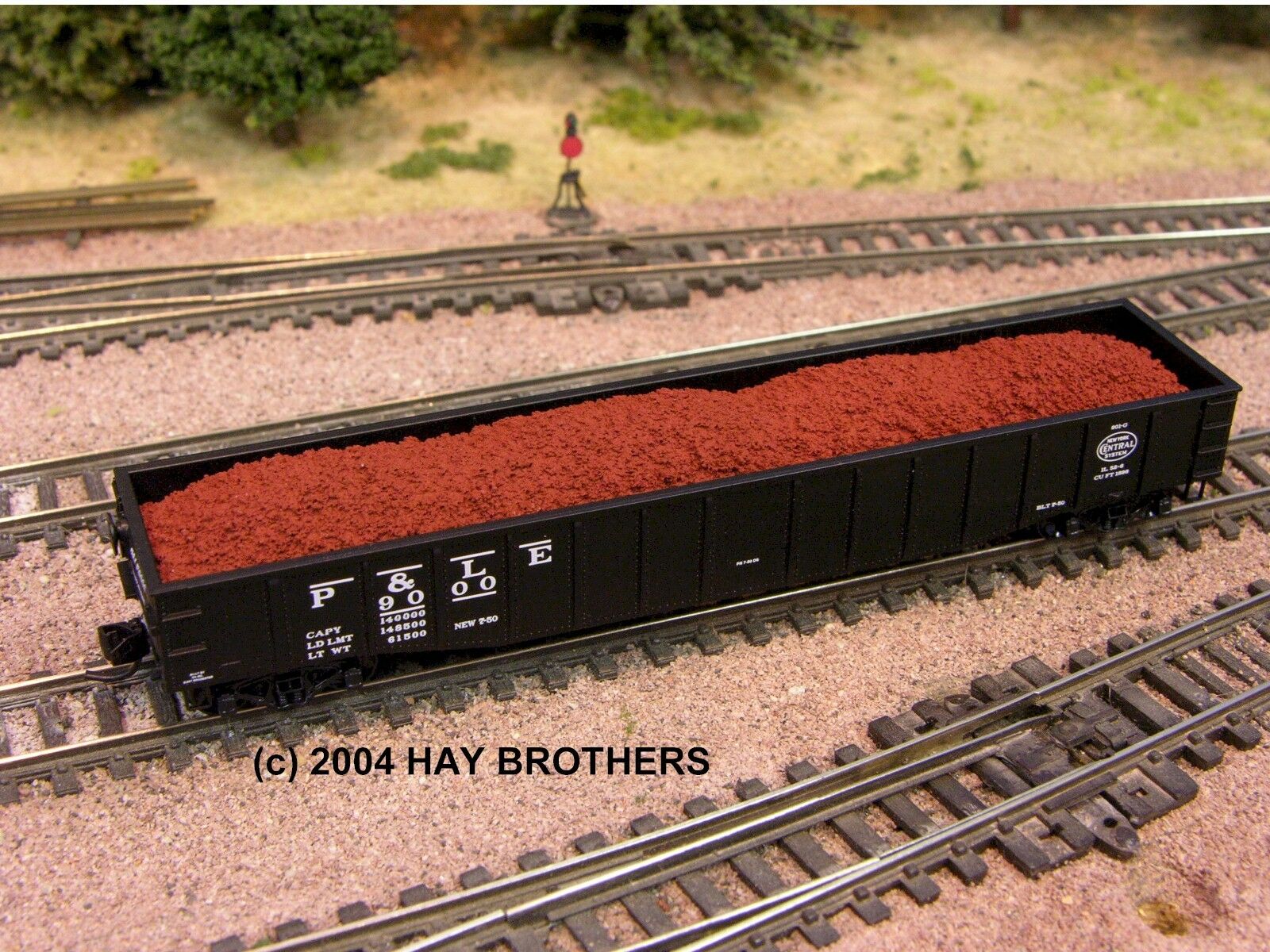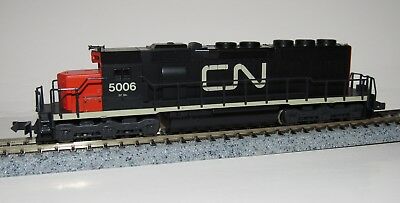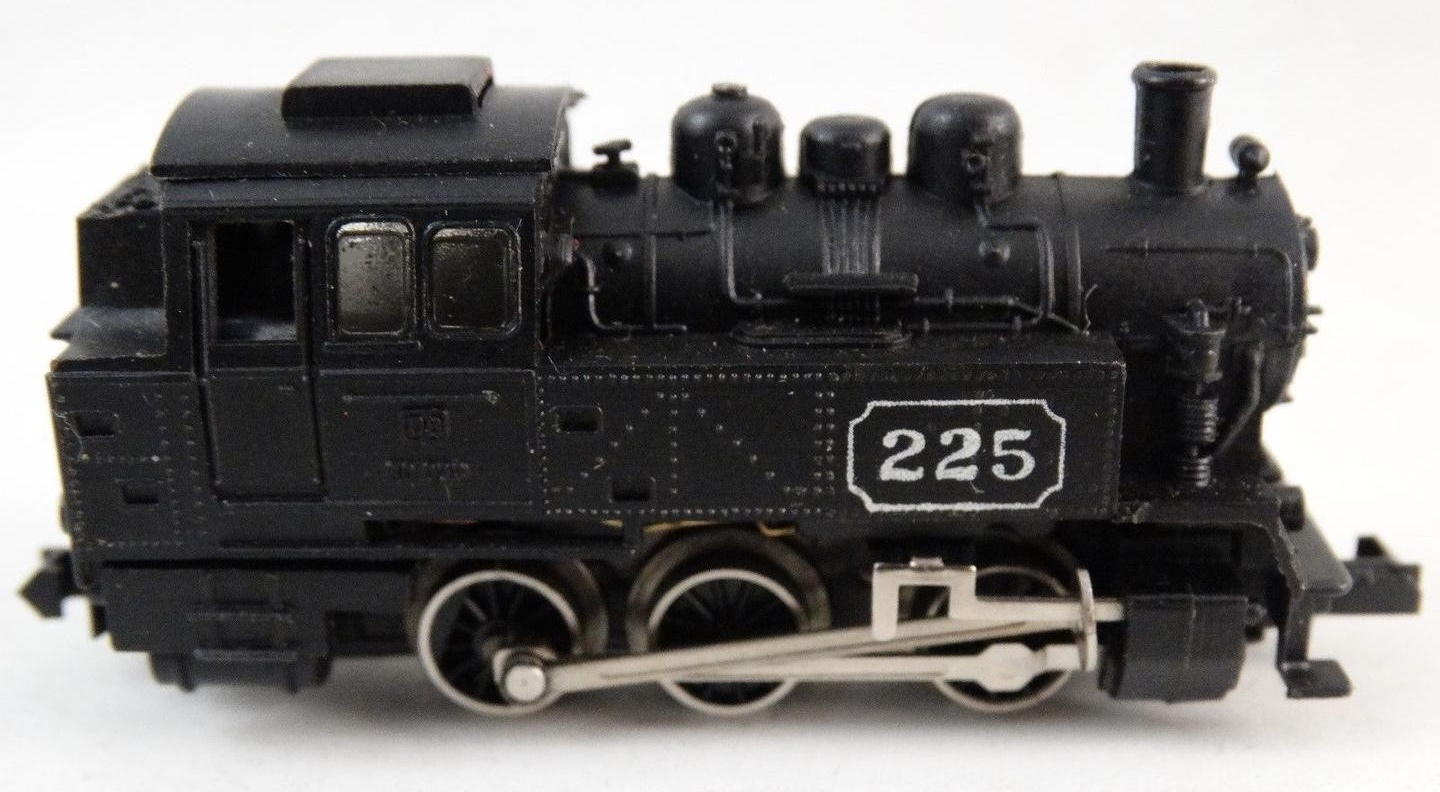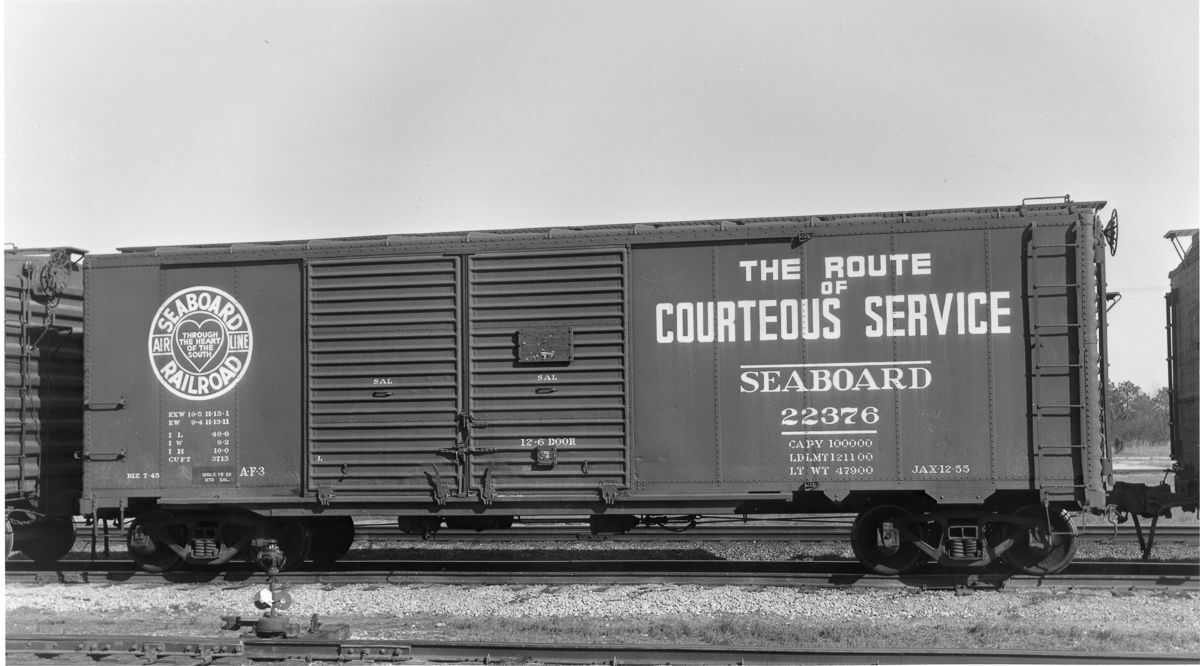Model Information: Dry Transfer Decals
Prototype History: Beginning in 1932, under the auspices of the American Railway Association (merged into the AAR in 1934), the organization’s “Committee on Car Construction” set the standard for the 40-foot steel boxcar, which would undergo a series of refinements over the next 15 years or so, and on which thousands of the ubiquitous house cars would be built.
Introduced in late 1938, the modified plans included an extended interior height of 10 feet 6 inches with a new Dreadnaught end that displayed a 5/5 rib pattern, as compared to the original 1937 AAR design with its 10-foot interior height and 4/5 Dreadnaught end. The extra height gave railroads operating west of Chicago some extra cargo volume, especially handy for the grain hauling roads during harvest season, for example.
Introduced in late 1938, the modified plans included an extended interior height of 10 feet 6 inches with a new Dreadnaught end that displayed a 5/5 rib pattern, as compared to the original 1937 AAR design with its 10-foot interior height and 4/5 Dreadnaught end. The extra height gave railroads operating west of Chicago some extra cargo volume, especially handy for the grain hauling roads during harvest season, for example.
Road Name History: The Pere Marquette Railway (reporting mark PM) operated in the Great Lakes region of the United States and southern parts of Ontario in Canada. It had trackage in the states of Michigan, Ohio, Indiana and the Canadian province of Ontario. Its primary connections included Buffalo; Toledo; and Chicago.
The Pere Marquette Railroad was incorporated on November 1, 1899 in anticipation of a merger of three Michigan-based railroad companies that had been agreed upon by all parties. It began operations on January 1, 1900, absorbing the following companies:
The Pere Marquette Railroad was incorporated on November 1, 1899 in anticipation of a merger of three Michigan-based railroad companies that had been agreed upon by all parties. It began operations on January 1, 1900, absorbing the following companies:
- Flint & Pere Marquette Railroad (F&PM)
- Detroit, Grand Rapids & Western Railroad (DGR&W)
- Chicago & West Michigan Railway (C&WM)
Brand/Importer Information: CDS (or C-D-S) Dry Transfer Lettering was sold in 2011, but some of their products are still out there (in 2022).
Item created by: james13pugh on 2022-05-17 15:03:18. Last edited by gdm on 2022-05-17 17:29:09
If you see errors or missing data in this entry, please feel free to log in and edit it. Anyone with a Gmail account can log in instantly.
If you see errors or missing data in this entry, please feel free to log in and edit it. Anyone with a Gmail account can log in instantly.


